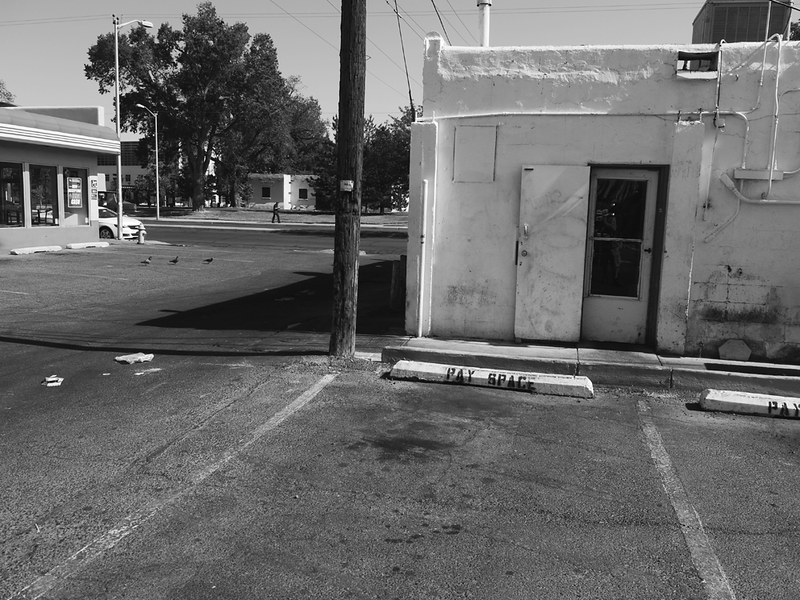
To tell the story of a place is to tell the story of its people. Yet, a cursory, mere superficial visit might not reveal that underlying character of a place, if all we have to go by are surface appearances, without decyphering those cryptic clues revealed as the built environment, cluttered and stained by the detritus of human existence.
Walking the streets, sidewalks and alleys of a place, we are archeologists sifting the clues of a hidden civilization. A piece of rubbish in the gutter tells a story, however incomplete, as do the piles of clothes in the alley a block away, scant evidence of a human tragedy unfolding.
We might wish instead to seek out the form of the human visage, as a more comforting and familiar representation of a place. But that can be deceiving, because personal appearances are often mediated through the dictates of post-modern, ironic fashion statements masquerading as anti-fashion, blended together styles appropriated from the furthest reaches of culture.
Clothes, we soon find out, function just as much as costume and concealment devices as they do protection from the elements and clues as to one's cultural origins.
To more fully understand a place, perhaps we need a more forensic approach to the art of documentary photography; seeking, through a variety of clues left by human activity, an understanding less mediated and more transparent.
In the last seven years that I've prowled the streets of my city, camera in hand, I've periodically found myself feeling insufficient in the role of street photographer, since my images mostly lack the direct presence of people.
I sincerely believe that a person should pursue the kinds of subject matter that they most naturally gravitate toward, regardless of genres and tropes defined by others. Originality and individuality count much more than adherance to someone else's perceptions.
Rather than consider my body of work to be some insufficient example of "street" photography, I'm coming around to the understanding that it actually represents something else entirely, closer to that idea of a forensic documentary style, sifting clues as an urban archeologist might.
There's more than mere symbolism at work here, for in a very real sense the culture we seek evidence of is continually passing away; given the fact of a constantly evolving civilization, any artifacts found are intrinsically from the past, even if it's from a mere hour ago.
Walking the alleyways of Albuquerque's student ghetto area near UNM, for example, is a rich experience in urban archeology, as the detritus of an evolving culture are represented in piles of refuse and debris; meanwhile, the people themselves remain cloaked in the costumes of fashion and popular culture, revealing less about themselves than do their trail of artifacts.
I trudge through the dusty emptiness of an abandoned gas station property across Central Avenue from UNM, devoid of any signs of commerce or prosperity, and this too represents a more accurate weathervane of the local economy than the mere choice of fashion or dress; even the street people, panhandling visitors for change, are deceiving in their attire, with their fresh, clean shoes, unstained by the sidewalks of life; these same faces I've seen repeatedly, these professionals masquerading as homeless. Things are not what them seem from superficial appearances. Deeper thinking, a more critical eye, is warranted.
The kinds of questions posed by the cultural anthropologist might be necessary to gaining a more critical understanding. How people get by, their economic survival modes, are key to understanding a place. These are the kinds of questions of which we need to be seeking answers.
A healthy suspicion of photography's veracity is equally essential to understanding how best to document a place. The process of limiting the viewer's perspective to a particular framing defined by the image's edges, frozen in some specifically chosen moment in time, is fundamentally an editorial decision; in truth, there is no objective photography. All photographs are lies, told however convincingly by their appearance of faithfulness to the laws of optical perspective, color and tone.
The challenge for the photographer as documentarian is to impart as little additional untruth as possible; or, at the least, to understand what level of truth is being pursued - superficial visual reality or something deeper.
In seeking to delve below the level of the mere superficial, monochrome imagery often is more effective than some more realistic color rendering in bringing the viewer to that deeper level; telling a superficial lie (in that visual reality is more than monochrome) to arrive at some underlying perception that color might obscure.
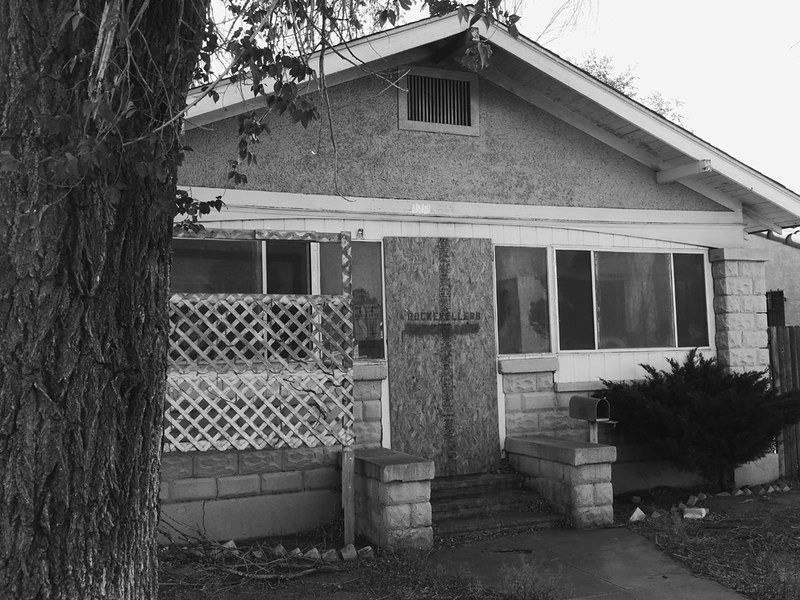

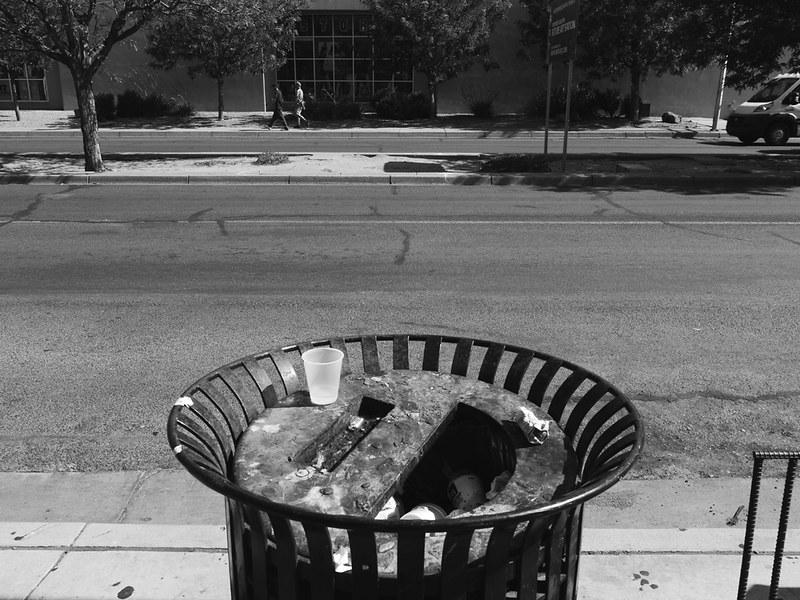
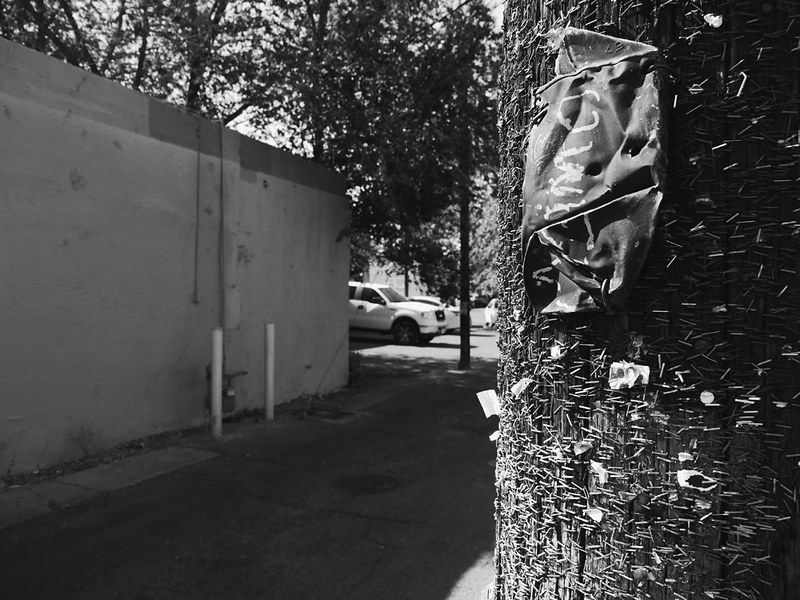
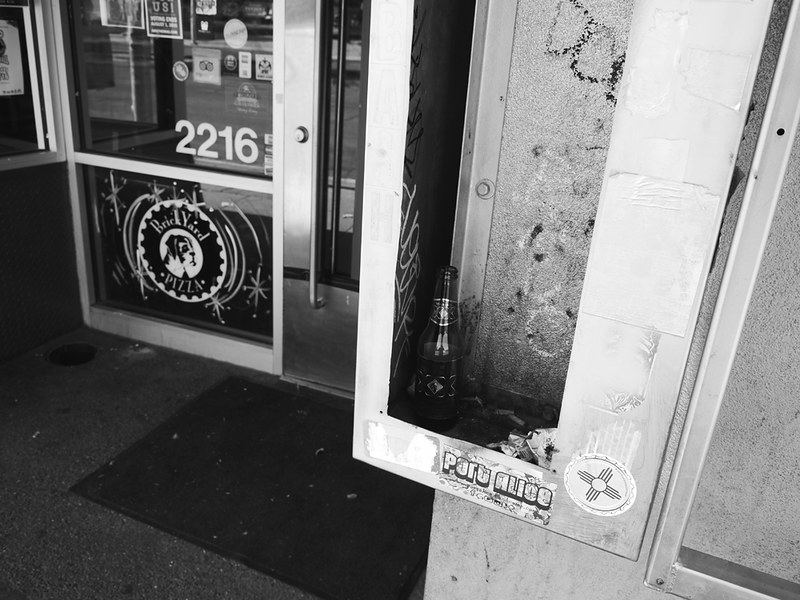
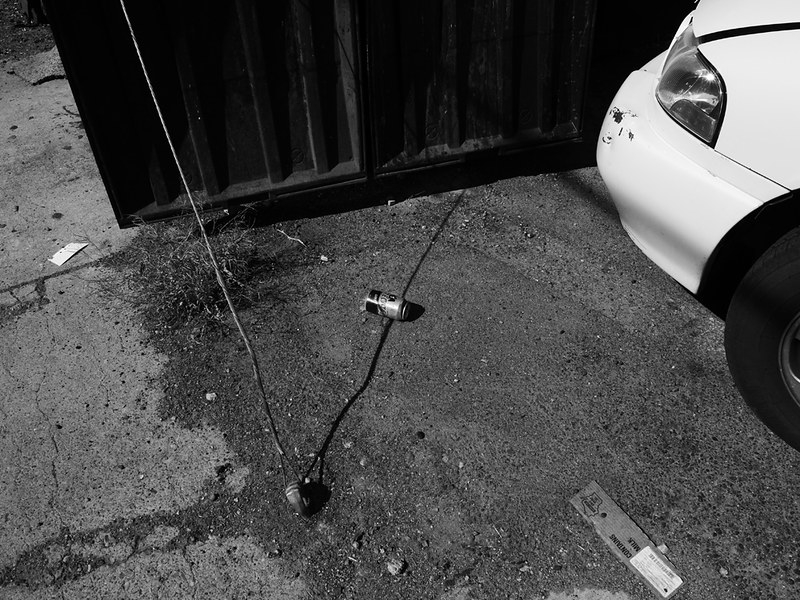
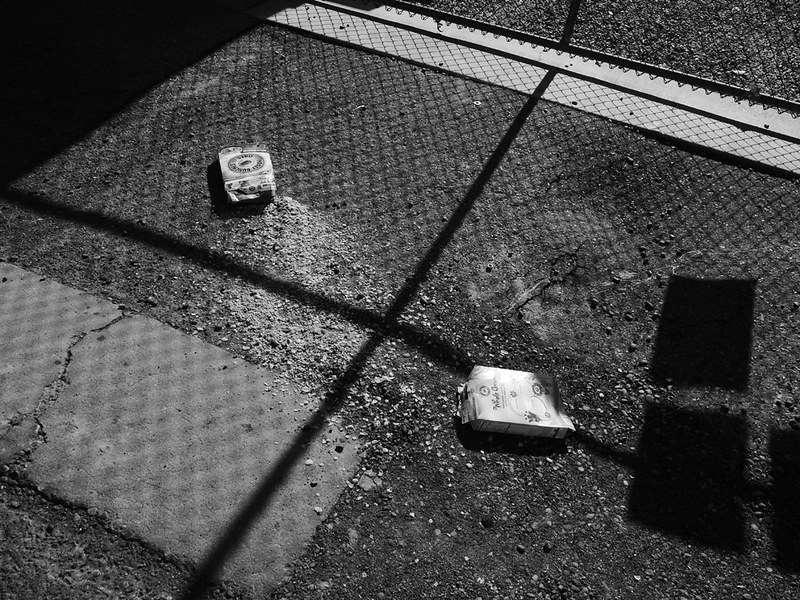
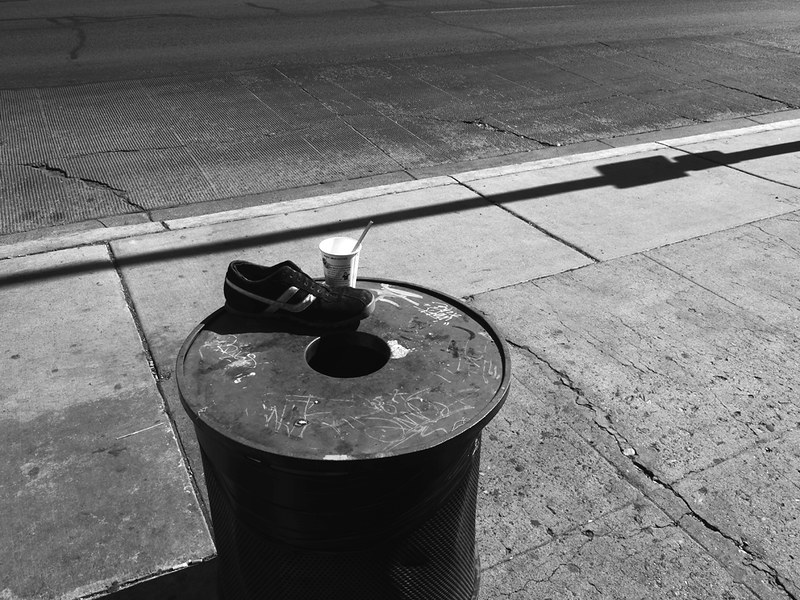


No comments:
Post a Comment
Please leave a comment; I will curate them before posting.